Mastering Strength: Perfecting Push-Up, Squat, and Sit-Up Forms
Building strength in fundamental exercises like push-ups, squats, and sit-ups is crucial for a well-rounded fitness routine. Not only do these exercises help in muscle building, but they also improve overall body strength and fitness. In this blog post, we’ll delve into how you can enhance your strength in these exercises by focusing on perfecting their forms.
Understanding the Importance of Proper Form
Before diving into the specifics, it’s crucial to understand why form matters. Proper form helps target the right muscle groups, maximizes efficiency, and most importantly, prevents injuries. Everyone can benefit from revisiting the basics to refine their techniques!
Push-Ups: Building Upper Body Strength
1. Hand Placement and Body Alignment
Place your hands slightly wider than shoulder-width apart with your fingers pointing forward. Keep your body in a straight line from your head to your heels. This alignment engages your core and maintains stability.
2. Elbow Angle
As you lower your body, aim for a 45-degree angle between your elbows and your body. This angle is crucial for engaging the correct muscles - your chest, shoulders, and triceps.
3. Depth of the Push-Up
Lower your body until your chest almost touches the ground. A deeper push-up engages more muscle fibers, building greater strength.
4. Breathing Technique
Inhale as you lower down and exhale as you push back up. Proper breathing is essential for maintaining energy and muscle activation.
Squats: Strengthening the Lower Body
1. Foot Placement
Stand with your feet slightly wider than hip-width apart, toes pointing slightly outward. This stance helps with balance and ensures engagement of the correct leg and hip muscles.
2. Hip Movement
Start the squat by moving your hips back, as if you’re sitting in a chair. This motion helps keep your knees safe and engages your glutes and hamstrings effectively.
3. Knee Alignment
Keep your knees in line with your toes as you squat. They shouldn’t collapse inward or extend past your toes, as this can put undue stress on your knees.
4. Depth and Posture
Aim to lower down until your thighs are at least parallel to the floor. Keep your chest up and your spine in a neutral position to avoid strain on your back.
Sit-Ups: Enhancing Core Strength
1. Starting Position
Lie on your back with your knees bent and feet flat on the ground. Cross your arms over your chest or place your fingertips behind your ears.
2. Engaging the Core
Focus on using your abdominal muscles to lift your torso towards your thighs. Avoid pulling your neck or using momentum to sit up.
3. Range of Motion
Lift your upper body all the way up until your chest approaches your knees, then slowly lower back down. This full range of motion ensures maximum engagement of the core muscles.
4. Breathing
Exhale as you lift your body and inhale as you return to the starting position. Proper breathing helps activate your core muscles more effectively.
Building strength in push-ups, squats, and sit-ups is a journey that starts with mastering the right form. By focusing on these fundamental aspects, you can enhance your overall strength, ensure a balanced development of muscles, and minimize the risk of injury. Remember, quality trumps quantity - it’s better to do fewer repetitions with correct form than many with poor form. Stay patient, consistent, and keep challenging yourself as you progress in your fitness journey. Happy training!

